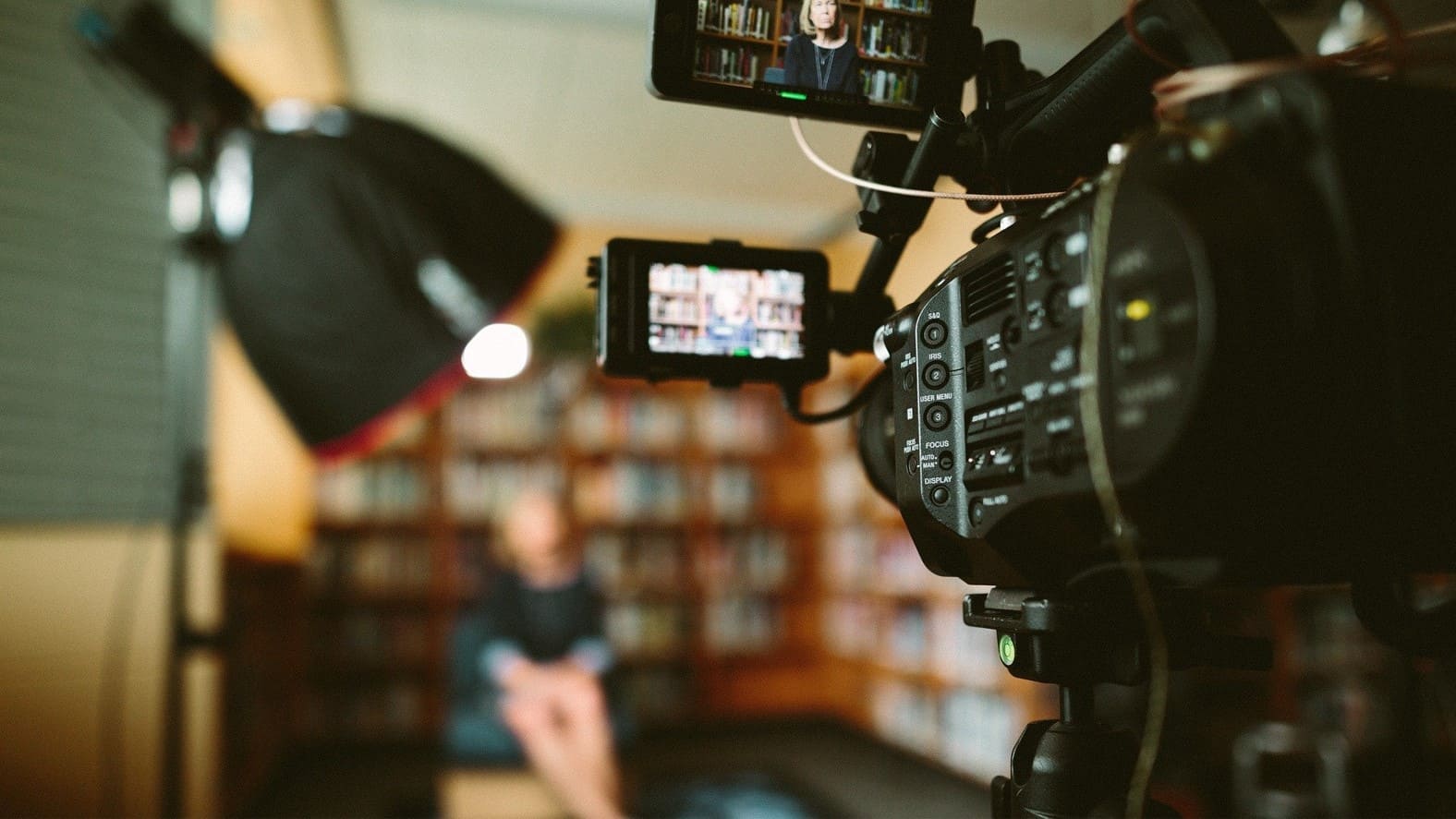Protect Your Rights with a Model Release
Preserving intellectual rights is taken very seriously in the commercial world of photography and videography. And whether you’re in front of the camera as an actor or model or behind the camera as a photographer or production company, having a signed model release form is essential on every project you’re involved in.
Protecting Models and Actors
If you’re a person in front of the camera, the release form is your insurance that your image will be used as specified in the release and can’t be sold to other parties for other uses without your permission. For professionals making their living in front of the camera, maintaining control over your image is crucial.
Deciding how the public views you can be the difference between a successful and popular career, or a career that goes nowhere fast. Successful professionals must always know how the project they are being hired to appear in will be used. Your release form should spell it out in detail.
You should always read the release carefully before signing. But you should also be proactive and do your own research on the company, agency or artist hiring you to ensure they don’t have a history of cheating the people they’ve hired. If they do, you want to avoid working for them at all costs, even if it appears like you’re giving up a golden opportunity.
Better to be safe than sorry. Restoring a damaged image and reputation can be impossible in these days of social media and gossip spreading like wildfire.
Protecting the Person or Company in Charge of the Project
The stakes can be even higher for an artist, agency, or company. Without proper releases, intellectual property under your brand name can be a ticking time bomb.
Suppose you own a company selling images and videos online for public use. You can protect yourself somewhat by specifying what the content can and cannot be used for.
Content can be available for editorial purposes only, or editorial and commercial purposes. The difference is that you don’t need to have a release for content used for editorial purposes. You do have to have a release for content used for commercial purposes.
The difference in the images is that editorial images can be of street scenes with members of the public. As long as no one is profiting directly off the image, it can be used without having releases for everyone in the image.
But if it’s used for commercial purposes, the ticking time bomb we referred to earlier may cause big problems. A model who signed a release saying their image was to be used for the original project only, has a valid right to sue the new owner of the image if it’s used for anything else. This is why having and reading all the releases for the content you own can save you a lot of headaches down the road.
To learn more about intellectual rights and to look into becoming a part of the photographic and video graphic community in Thailand, contact Alive United today.
Visit for more articles




